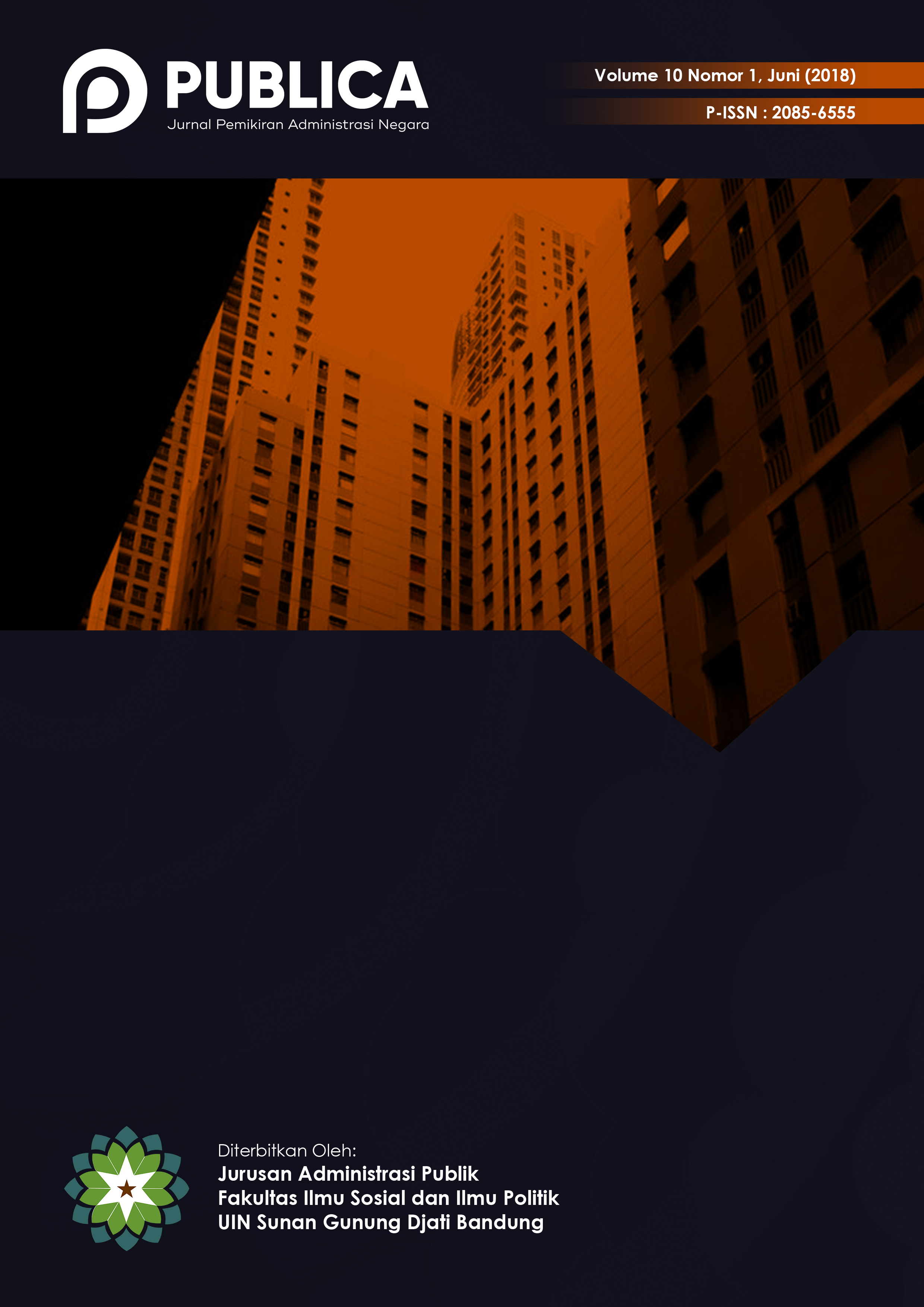Faktor Penghambat Dan Pendukung Implementasi Kebijakan Pengembangan Pariwisata Kota Cirebon
DOI:
https://doi.org/10.15575/jpan.v10i1.7623Keywords:
Public Policy, Implementation, Governance, Object Tourism, Local Government.Abstract
 The research carried out aims to find out the extent of the implementation of Law Number 10 Year 2009 concerning Tourism, whether this policy has been properly implemented or not and to find out how the efforts made by policy providers (the Government) to advance the tourism potential in the city of Cirebon, especially Kejawan Beach. The research method used in this study is a qualitative method with a descriptive design because in this study, data collection through observation and interviews is obtained directly down to the field, therefore the techniques used were Purposive Sampling and Accidental techniques. The results of the study show that the implementation of Law Number 10 of 2009 has not gone well and there is still a lack of tourist attraction to visit the coast due to the lack of government attention to the shore beaches, and the lack of complete infrastructure and governance that has not been maximized in accordance with Law Number 10 of 2009.
References
Addin, I.N. (2011). Potensi Wisata Budaya Kota Cirebon. Cirebon: Neo Technology.
Agustino, L. (2006). Dasarâ€Dasar Kebijakan Publik. Alfa Beta, Bandung.
Anggara, S. (2014). Kebijakan Publik. Bandung: Pustaka Setia.
Breugel, L.V. (2013). Community Based Tourism: Local Participation and Perceived Impacts. Faculty of Social Sciences Radboud University Nijmegen.
Edward III GC. (1980). Implementing Public Policy. Congressional Quarterly Press, Washington.
Grindle, M.S. (1980). Politics And Policy Implementation In The Third Words. Princeton University Press, New Jersey.
Guzman, dkk. (2011). Community Based Tourism in Developing Countries: A Case Study. dalam Jurnal Tourismos: An International Multidisciplinary Journal of Tourism, Volume 6, halaman 69-84.
Hamdi, M. (2014). Kebijkaan Publik Proses, Analisis, dan Partisipasi.Bogor: Ghalia Indonesia.
Hasyim, R.S. (2016). Bunga Rampai Artikel Budaya dan Pariwisata Cirebon. Cirebon: Neo Tevhnology.
Ikbar, Y. (2012). Metode Penelitian Sosial Kualitatif. Bandung: Refika Aditama.
Jupir, M.M. (2013). Implementasi Kebijakan Pariwisata Berbasis Kearifan Lokal (Studi Di Kabupaten Manggarai Barat). Journal of Indonesian Tourism and Development Studies. Vol 1, Januari 2013.
Koesmayadi, S.E. (2000) .Metodologi Penelitian Dalam Bidang Kepariwisataan .Jakarta: Gramedia Pustaka Utama.
Mulyadi, D. (2016). Studi Kebijakan Publik dan Pelayanan Publik. Bandung: Alfabeta.
Syafiie, I.K. (2006). Ilmu Administrasi Publik . Jakarta: Rineka Cipta Wahab.
Solichin, A. (2012). Analisis Kebijakan Dari Formulasi Ke Penyusunan Model-Model Implementasi Kebijakan Publik. Jakarta: Bumi Aksara.
Suansri, P. (2003). Community Based Tourism Handbook. Thailand: REST Project.
Widodo, J. (2017). Analisis Kebijakan Publik konsep dan Aplikasi Analisis Proses Kebijakan Publik. Malang: Media Nusa Creative.
Winarno, B. (2016.) Kebijakan Publik Era Globalisasi Teori, Proses, danStudi Kasus Komparatif. Yogyakarta: Buku Seru.
Yusuf, M. (2014). Metode Penelitian Kuantitaf, Kualitatif, dan Penelitian Gabungan. Jakarta: Fajar Inter Pratama Mandiri.
Downloads
Published
Issue
Section
License
Authors who publish with this journal agree to the following terms:
- Authors retain copyright and grant the journal right of first publication with the work simultaneously licensed under an Attribution-ShareAlike 4.0 International that allows others to share the work with an acknowledgment of the work's authorship and initial publication in this journal.
- Authors are able to enter into separate, additional contractual arrangements for the non-exclusive distribution of the journal's published version of the work (e.g., post it to an institutional repository or publish it in a book), with an acknowledgment of its initial publication in this journal.
- Authors are permitted and encouraged to post their work online (e.g., in institutional repositories or on their website) prior to and during the submission process, as it can lead to productive exchanges, as well as earlier and greater citation of published work (See The Effect of Open Access).
